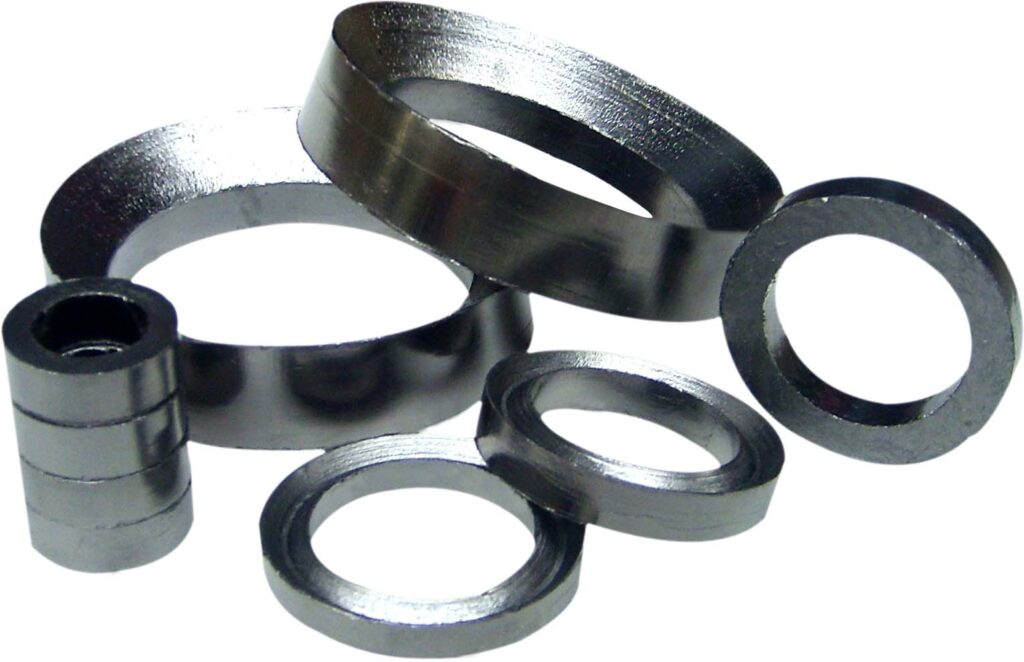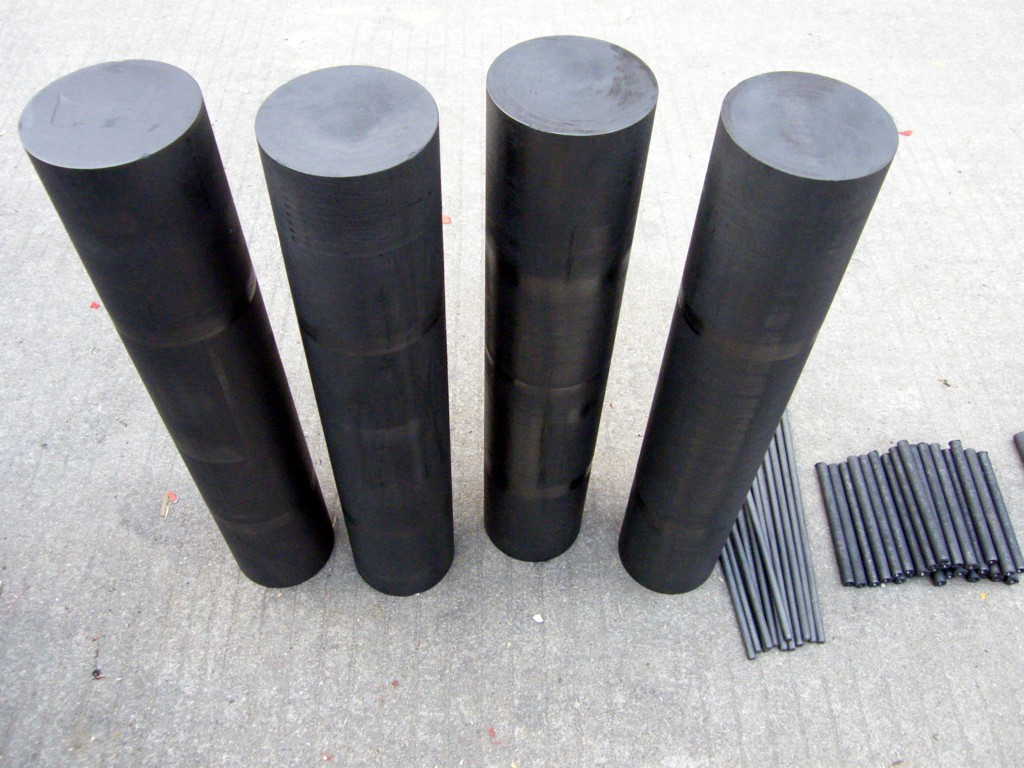Vacuum furnace graphite products are key components in various industrial processes. They are widely used because of their unique properties, such as high temperature resistance and good thermal conductivity. Let’s explore their main uses.
First, they serve as heating elements. In vacuum furnaces, high temperatures are needed for processes like annealing or sintering. Vacuum furnace graphite products can withstand extreme heat, up to 3000°C, without melting. This makes them ideal for generating and transferring heat evenly inside the furnace. Many metal processing plants rely on them to heat materials to precise temperatures, ensuring consistent results.
Also, they work as thermal insulators. Some graphite products, like graphite felt or sheets, help trap heat inside the furnace. This reduces heat loss, keeping the temperature stable and saving energy. It ensures that the furnace maintains the required temperature for the entire process, which is crucial for tasks like heat treatment of alloys.
Additionally, they are used as crucibles and molds. Crucibles made from graphite can hold molten metals or alloys in vacuum conditions. They don’t react with most materials, so they keep the molten substances pure. Molds, on the other hand, shape materials during cooling, which is common in metal casting and ceramic production. For example, in jewelry making, graphite molds help create detailed metal designs under vacuum to avoid oxidation.
Moreover, vacuum furnace graphite products act as structural parts. They form shelves, trays, or rails inside the furnace. These parts support materials being processed, such as metal parts or ceramic components. Their strength at high temperatures ensures they don’t deform under heavy loads, even when holding large or heavy workpieces.
Another use is in plasma applications. Some vacuum furnaces use plasma for processes like surface coating. Graphite products here help guide or contain the plasma, thanks to their ability to handle high energy and chemical stability. This is often seen in creating hard, wear-resistant coatings on machine parts.
Furthermore, they aid in degassing processes. When materials are heated in a vacuum, gases trapped inside are released. Graphite products don’t absorb these gases, so they don’t interfere with the degassing. This ensures the final products are free from gas bubbles, which is vital for producing high-quality metals used in aerospace or medical equipment.
Additionally, vacuum furnace graphite products serve as electrodes. In certain vacuum furnace operations, electricity is needed to generate heat or drive chemical reactions. Graphite’s good electrical conductivity makes it perfect for this role. It can carry high currents without breaking down, even at very high temperatures. This is useful in processes like vacuum brazing, where precise heat is needed to join metal parts.
What’s more, they are used in material purification. Many industries, such as semiconductor manufacturing, require ultra-pure materials. Vacuum furnace graphite products help in this process by holding materials while they are heated to high temperatures in a vacuum. Impurities in the materials vaporize and are removed, leaving a pure end product. Graphite’s inert nature ensures it doesn’t contaminate the materials being purified.
Also, they play a role in thermal management. In some vacuum furnace setups, controlling heat distribution is critical. Graphite products, like heat shields or baffles, help direct heat to specific areas. This prevents overheating of sensitive components and ensures uniform heating of the materials being processed.
In summary, vacuum furnace graphite products are vital in many industrial heating and processing tasks. Their ability to handle high temperatures, resist chemicals, and conduct heat makes them irreplaceable in vacuum furnace operations. From heating elements to purification tools, they support a wide range of essential processes across various industries.


